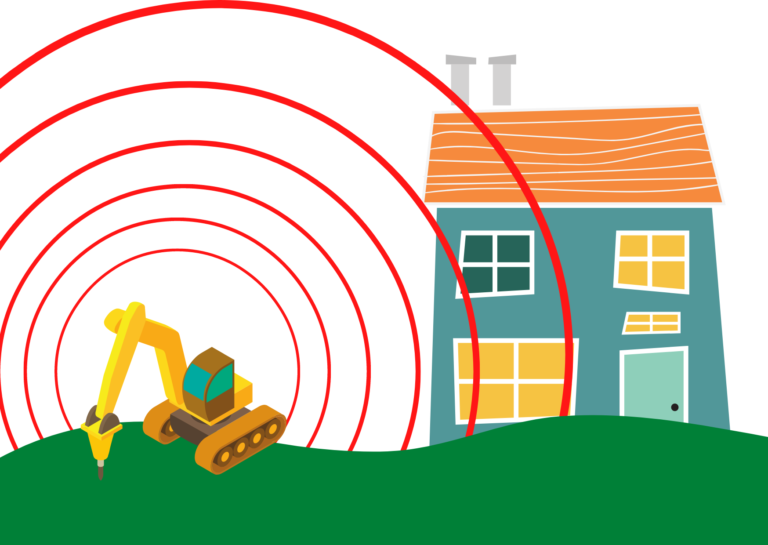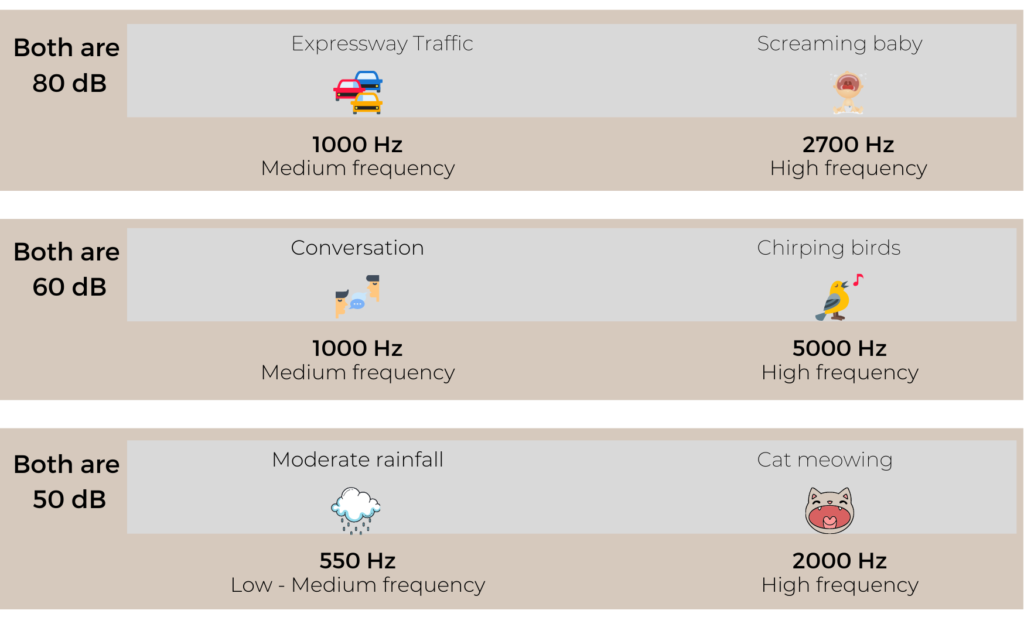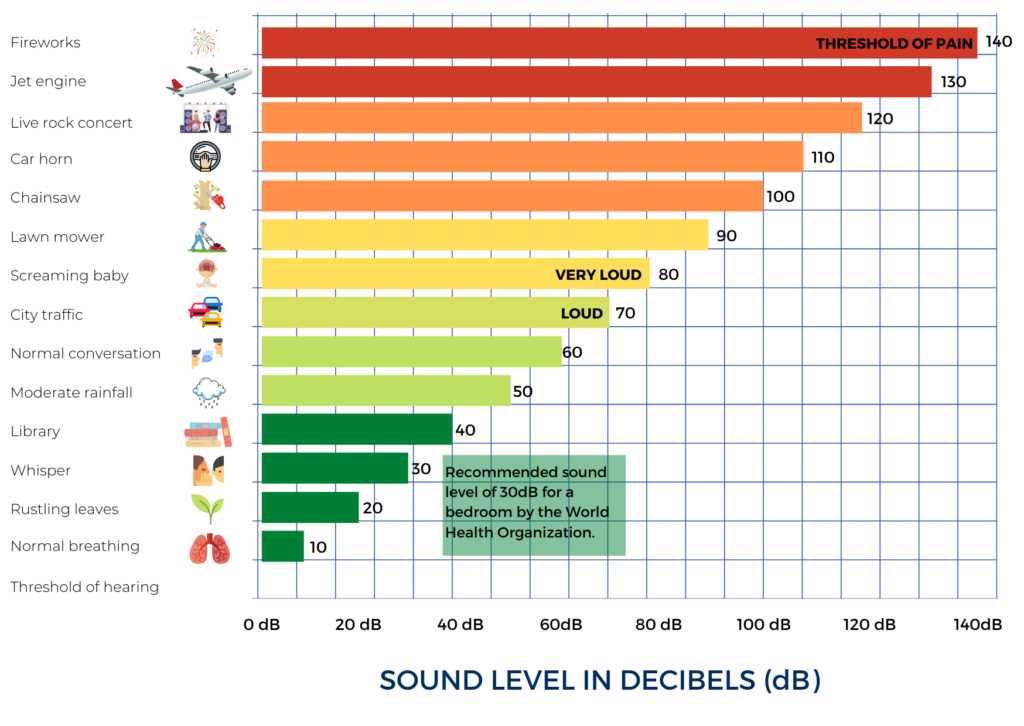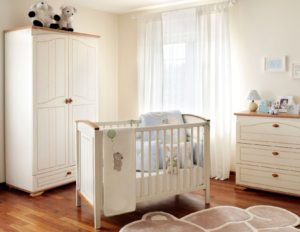
Sound is all around us, all the time. From the alarm that wakes you in the morning to the fan or air-conditioner as you fall asleep at night. But when a sound becomes a nuisance and interferes with our activities such as sleeping, talking or working it is known as noise.
A sound is created when a source (like a radio) causes molecules to vibrate in the air at a certain frequency. When waves of this activated molecules hit your eardrum it sets off a series of vibrations inside the ear. These vibrations are interpreted by the brain as sound.
Sound waves travel outwards and upwards from its point of origin, the source. Think of the ripples a pebble makes in the water when it’s thrown in. The volume or intensity of a sound is measured in decibels (dB) and is called a sound level.

An important point to take into consideration is that all sounds have a unique frequency depending on what the source of the noise is. In simple terms this means that a higher pitch of sound, such as a whistle or flute, has higher vibrating sound waves, as compared to a lower pitch, such as the low rumble of the MRT. The sound of a jackhammer has a different frequency to that of a car horn. This is an important element to consider when looking at soundproofing, as different sound frequencies travel through various types of materials in unique ways, with some performing better than others at blocking certain frequencies. This is why acoustic designs for large scale theatres and auditoriums are made up of various layers of certain materials, often overlapping each other to counteract the frequency absorption of each other.
The frequency of a sound can therefore often alter how we perceive the sound. To give you an example let’s look at this situation: You are having a conversation with your co-worker in your office. This chat would typically have a loudness level of 60 decibels. A bird flies near the window and starts chirping. You both hear the bird over the background noise of the office, even though his chirping is at the same loudness level of 60 decibels. The difference is that the frequency of the bird is higher than that of the office background noise which is lower, so it grabs your attention. The same goes for many of the urban sounds around us, so frequency is as important as intensity in relation to noise insulation practice.
The chart below gives you an indication of some common sounds and how they can appear louder due to their frequency when in fact they are of equal sound levels.

Typical human hearing ranges for sound intensity (loudness) varies from 0dB – 150dB. See the graph below which indicates typical sound levels within the human hearing range.

At the same time, typical frequency levels for sounds on average for humans ranges between 20Hz and 20,000Hz. Every person hears noise and sounds differently depending on factors like age and hearing health. Younger children are sensitive to a wider frequency range but as we age our hearing can be affected due to noise damage.
Although our hearing is very sophisticated in detecting changes in sound pressure in relation to background noise, we need a change of 3dB to detect a noticeable difference in noise level. As such we perceive a change of 10dB as a doubling (or halving) of the noise level and a change of 20dB will seem like four times as loud.
Let’s put this into perspective: A normal conversation has an intensity of about 60 decibels. A screaming baby has a noise level of 80 decibels. Even though the intensity is only a 20 dB difference, you hear it as 4 times as loud as your conversation that you are having. This is called auditory perception and is a major factor in how we perceive and control noise in relation to acoustic treatment in buildings.
Now that we’ve covered the basics of how sound works, our next article we will be chatting with an acoustic professional to give advice on noise assessments and how noise levels are calculated.



